“Maximizing Your Investment: A Guide to Refinancing Your Tiny Home”
Tiny homes have become increasingly popular in recent years, as more people seek to downsize and live a more minimalist lifestyle. Whether you own a tiny home on wheels or a stationary one, refinancing can help you save money and maximize your investment. In this guide, we’ll explore the ins and outs of refinancing your tiny home.
Understanding Tiny Homes and Refinancing
A tiny home is typically a dwelling that is under 500 square feet and can be mobile or stationary. Refinancing a tiny home is similar to refinancing a traditional home. The process involves taking out a new loan to replace your existing mortgage. The new loan may have a lower interest rate or a more favorable term, such as a longer repayment period.
Refinancing can help you save money on your monthly payments, which can free up cash for other expenses or investments. Additionally, refinancing can help you access your home equity, which is the difference between your home’s current value and the remaining balance on your mortgage.
Refinancing Options for Tiny Homes
There are several options for refinancing your tiny home, including traditional lenders, online lenders, and specialized tiny home lenders. Traditional lenders may be hesitant to provide financing for tiny homes because they are often considered non-traditional or alternative housing. However, some online and specialized lenders may offer refinancing options specifically for tiny homes.
When shopping for a lender, be sure to compare interest rates, fees, and loan terms. Look for lenders that have experience working with tiny homes, as they will be more familiar with the unique requirements and regulations.
Interest Rates for Tiny Home Refinancing
Interest rates for refinancing a tiny home may vary depending on several factors, including your credit score, loan term, and loan amount. Generally, interest rates for tiny home refinancing may be higher than traditional home mortgages due to the unique nature of tiny homes.
If you have a good credit score and a stable income, you may be able to qualify for a lower interest rate. However, if you have a low credit score or unstable income, you may face higher interest rates or be denied financing altogether.
Loan Terms for Tiny Home Refinancing
Loan terms for tiny home refinancing may vary depending on the lender and the borrower’s financial situation. Some lenders may offer shorter loan terms, such as five or ten years, while others may offer longer terms, such as 20 or 30 years.
It’s important to consider the loan term carefully when refinancing your tiny home. A longer loan term may result in lower monthly payments, but it may also mean paying more in interest over the life of the loan. A shorter loan term may result in higher monthly payments but can save you money on interest in the long run.
Home Equity and Tiny Home Refinancing
Home equity is the difference between the current value of your home and the remaining balance on your mortgage. Refinancing your tiny home can help you access your home equity, which you can use for home improvements, debt consolidation, or other expenses.
To determine how much equity you have in your tiny home, you’ll need to get an appraisal. An appraiser will assess the value of your home based on factors such as its location, size, and condition. Once you know how much equity you have in your home, you can use that information to determine how much you can borrow through a refinancing.
In conclusion
Refinancing your tiny home can help you save money and maximize your investment. With the right lender and loan terms, you can lower your monthly payments, access your home equity, and enjoy a more secure financial future.







